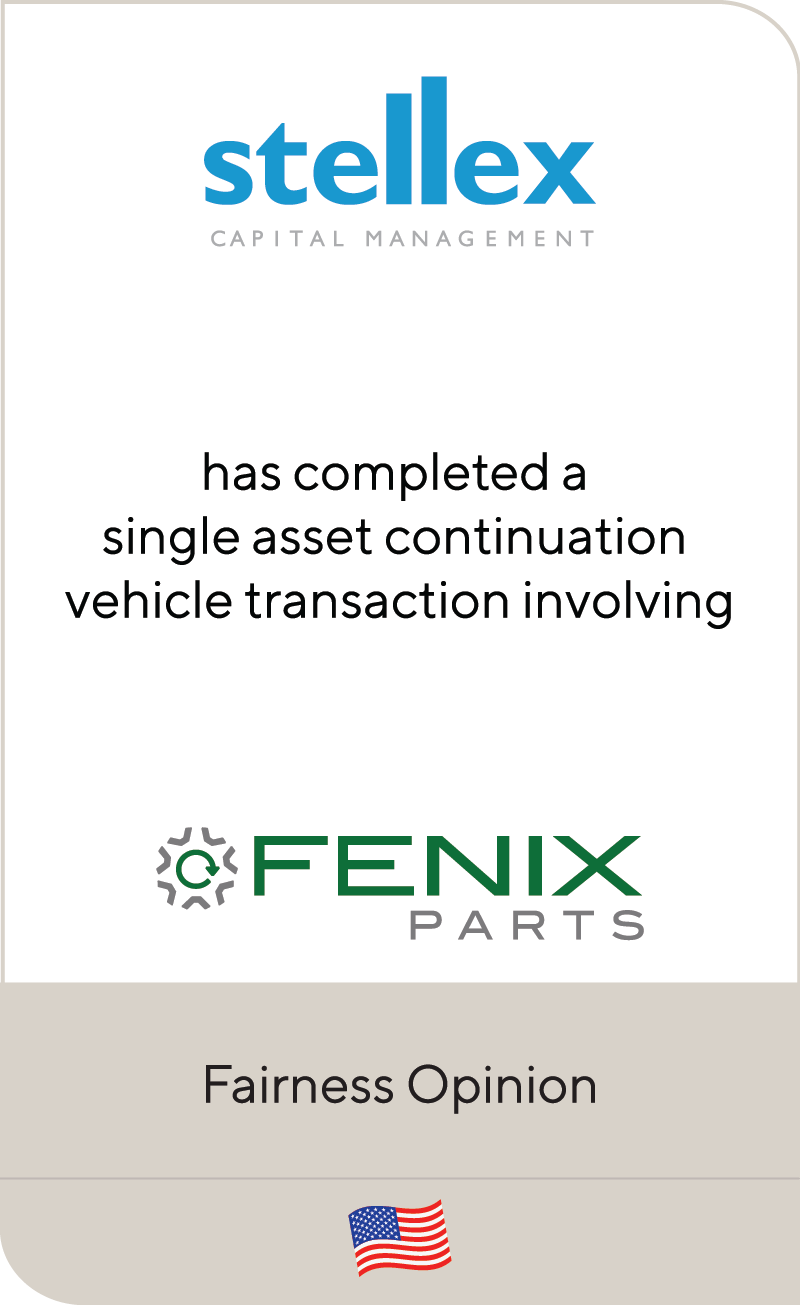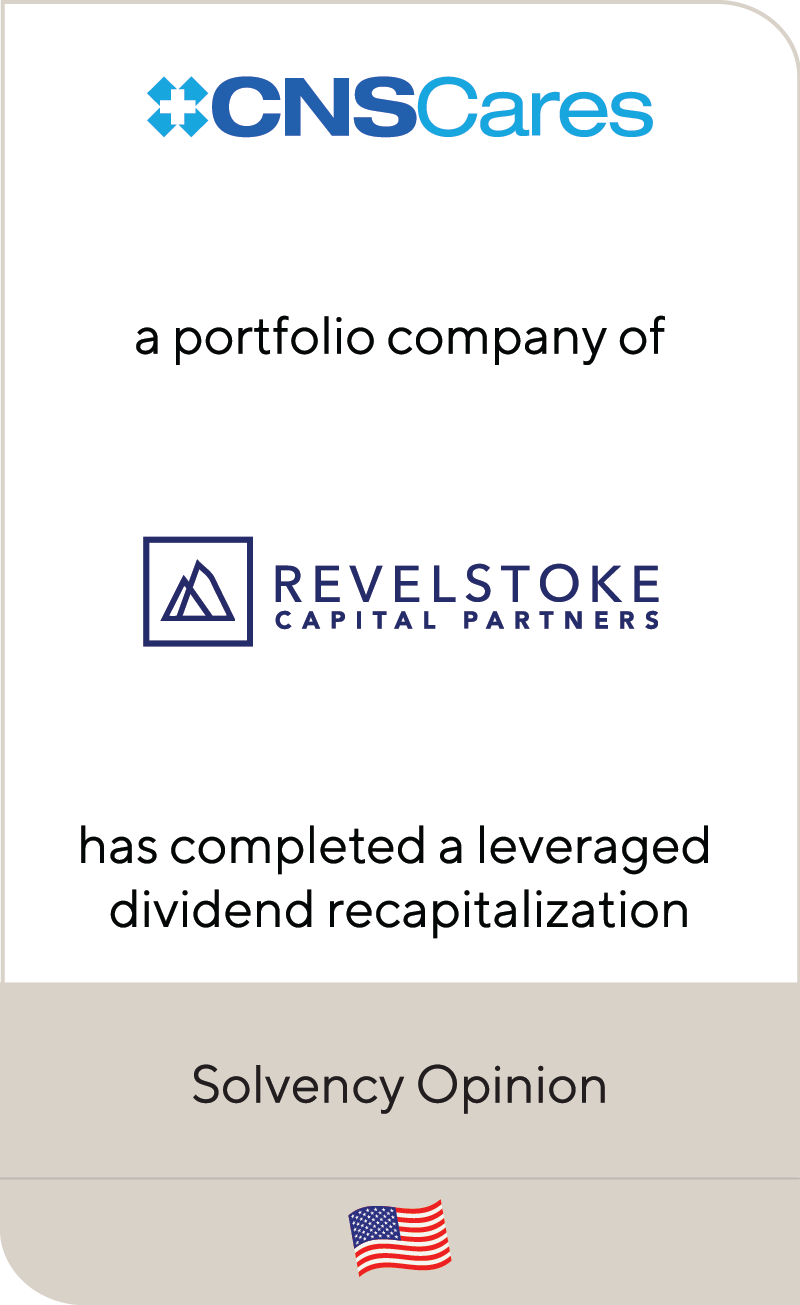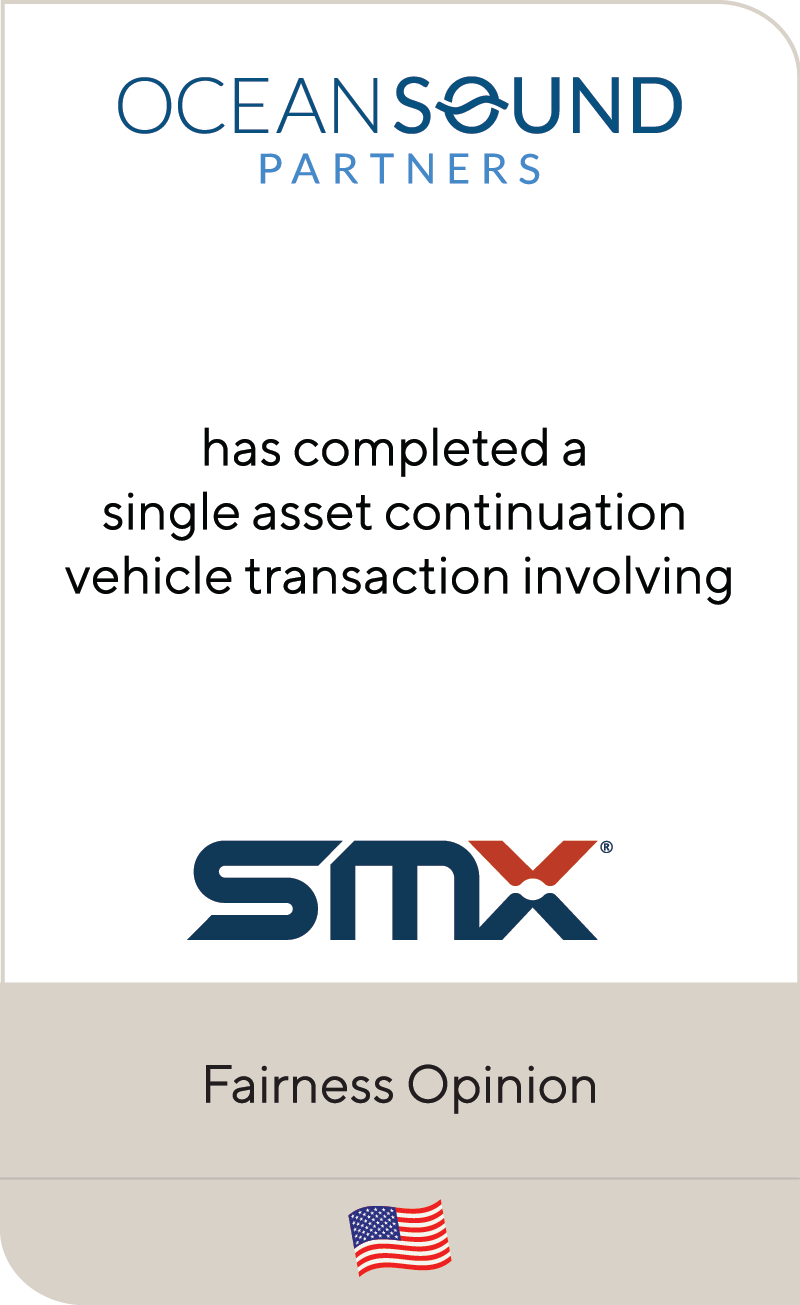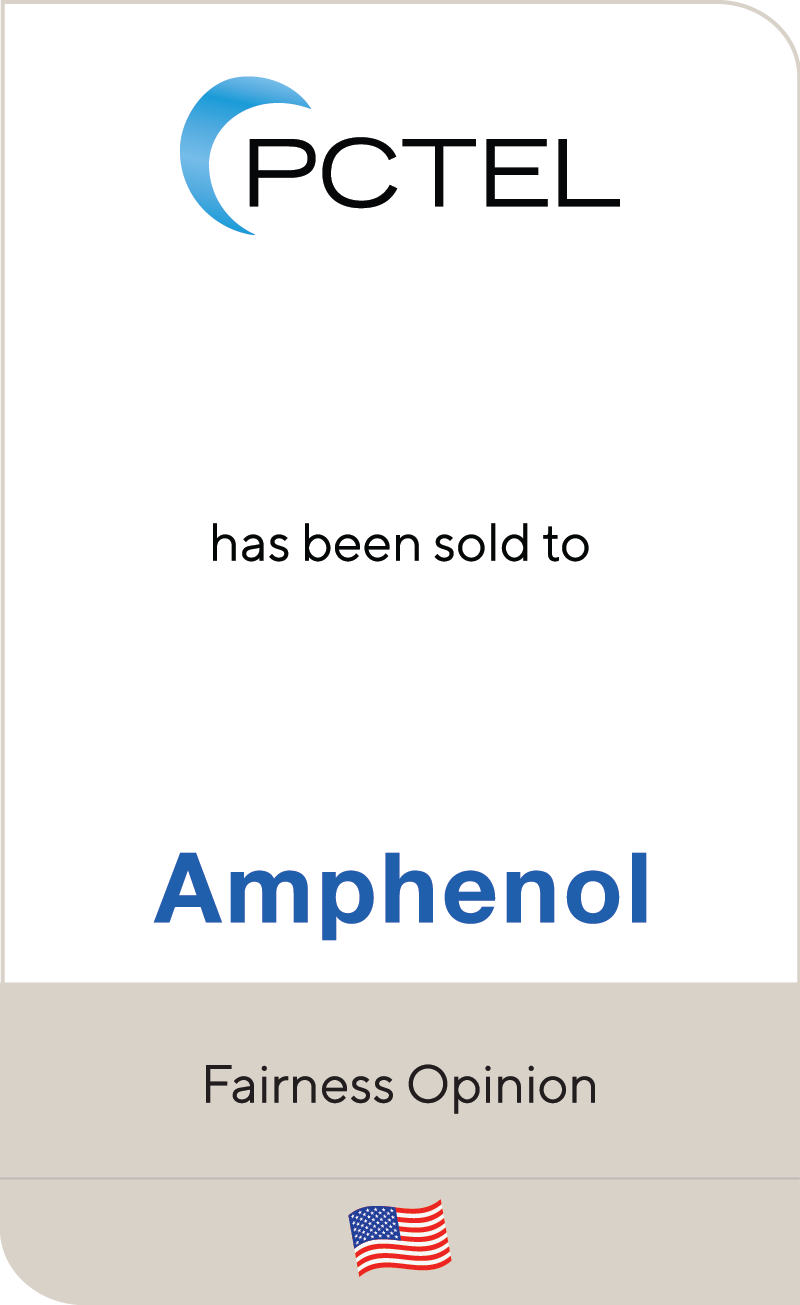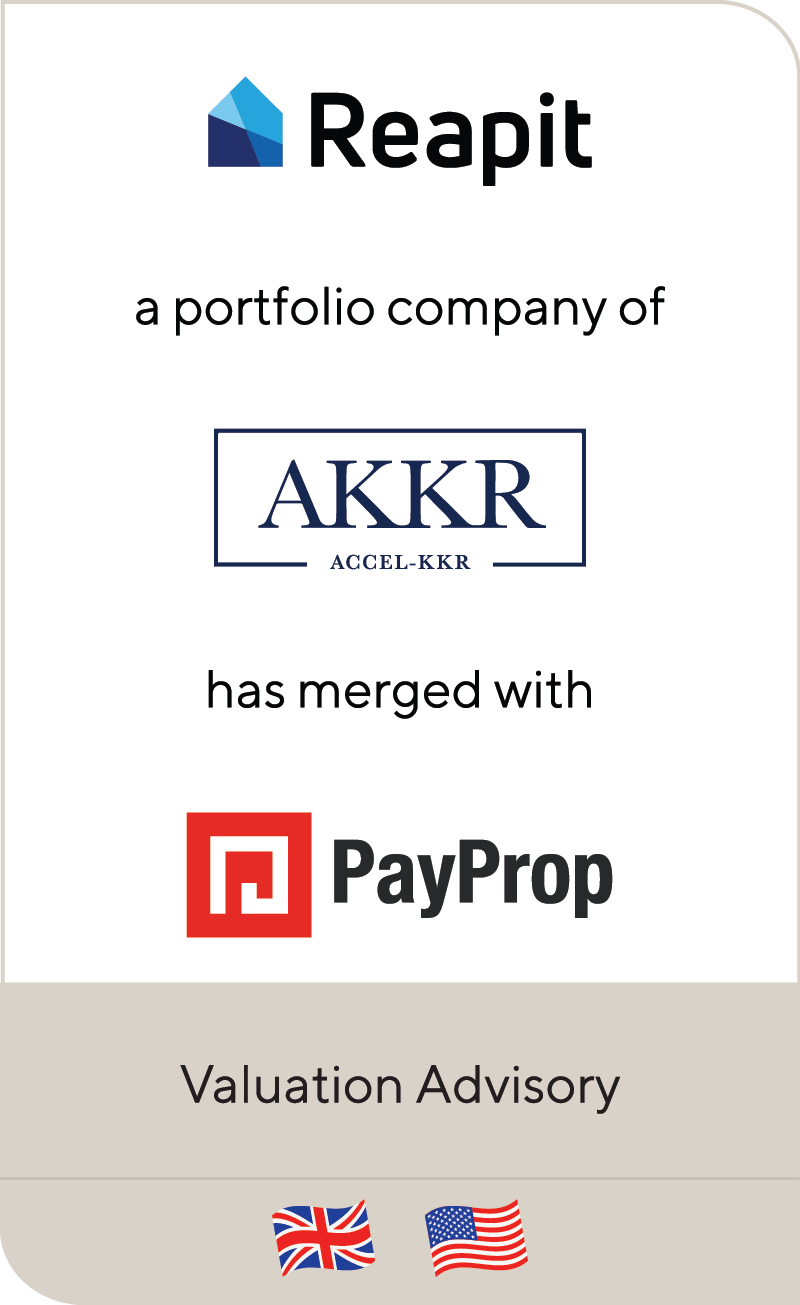Navigating Regulation: Recent Developments in the Private Capital Markets
Jan 2024
Companies have raised more money in the private markets than in public markets every year since 2009. Consequently, private funds today are an important source of capital throughout the world. The benefit of investing in the private markets are many and enable investors to gain exposure to investments that are difficult to finance in the public markets such as venture capital, real estate, infrastructure, natural resources, companies that are too small to go public as well as the broader private debt and equity markets.
Globally, regulators are alert to the important economic role provided by the private debt and equity markets; furthermore, as the private markets have matured, investments can be both complex and heterogeneous. Unlike the public markets, regulators’ ability to understand the private markets is limited as information about private transactions is not published in the public domain.
Summary
-
Lincoln provides our clients with unique insights, proprietary data and technology to assist market participants in understanding market trends and risks as well as current and future regulatory requirements and valuation standards impacting the valuation of illiquid financial instruments.
- Click here to download a printable version of this perspective.
- Sign up to receive Lincoln's perspectives
Regulators are quite open in articulating that there are facets to the private capital markets that they are not aware of nor that they understand (i.e., regulators cite the fear of the unknown unknowns). They argue that the lack of available private market information limits their ability to effectively assess and monitor macro and micro-economic risk. It is from this perspective that, globally, regulators continue to evaluate their regulatory abilities and options in overseeing the private markets. From a regulatory point of view, these risks can be categorized into:
- Risk Number One – the manner in which private capital market funds conduct their investing activities including valuing illiquid investments, transparency, disclosure of information and managing conflicts of interest; to,
- Risk Number Two – understanding private market inter-relationships with the public markets; and,
- Risk Number Three – adverse macro and micro-economic developments at a private fund and its impact on the companies that depend on their capital and the broader private and public markets.
How regulators and valuation standard-setting organizations address these three risks will have a significant impact on the efficiency, effectiveness and market structure of private capital in the years ahead. Lincoln International provides our perspective in assessing how regulators and valuation standard setting organizations address each of these risks as 2023 ends and segue into 2024.
The Impact of SEC Rule 2a-5
An example of expanding private market regulatory oversight occurred in 2022 when the Securities and Exchange (SEC) Rule 2a-5 became effective enacting an updated regulatory framework for fund valuation practices. It had been 50 years since the SEC previously addressed fund valuation practices; Rule 2a-5 clarified how fund board of directors fulfill their valuation responsibilities, particularly for illiquid financial instruments. Post-Rule 2a-5, global private market regulatory oversight and financial instrument valuation standard setting has increased at an escalating rate.
|
Risk Number One |
Addressing how private funds conduct their investing activitiesSEC Release No. IA-6383 addressed how private fund advisers document their investment process. The SEC proposed an expansive set of rules for registered investment advisers including: (a) the distribution of quarterly statements; (b) a requirement for a fund annual audit; (c) documentation for adviser-led secondary transactions; (d) restrictions on certain activities, including recouping certain types of expenses and borrowing arrangements with funds and (e) restrictions on preferential treatment of fund investors. In August 2023, SEC Chair Gary Gensler commented upon the release of SEC Release No. IA-6383 that: “Private funds and their advisers play an important role in nearly every sector of the capital markets … By enhancing advisers’ transparency and integrity, we will help promote greater competition and thereby efficiency. Consistent with our mission and Congressional mandate, we advance today’s rules on behalf of all investors — big or small, institutional or retail, sophisticated or not.” Shortly following the final publication of SEC Release No. IA-6383, several industry participants and trade associations filed a petition for review against the SEC challenging the validity and enforceability of the final rules. Although an initial decision is expected between the Spring or early Summer of 2024, there is uncertainty regarding its timing and scope as the possibility exists that some or all the final rules may be overturned, or their compliance dates may be delayed. SEC Proposed Rule, No. IA-6176 addresses the oversight of affiliated and third-party service providers by investment advisers. (Full transparency; Lincoln provided comments to the SEC on this proposed rule). The proposed rule, if adopted, would prescribe minimum initial and ongoing due diligence and monitoring obligations for advisers for the outsourcing of “covered functions.” A covered function is a function that is necessary for the adviser to provide its investment advisory services and if not performed or performed negligently, would be likely to cause a material negative impact on the adviser’s clients or on the adviser’s ability to provide investment advisory services. The public comment period has closed, and while we were expecting a final rule in 2023, its release will likely occur later this year. In December 2023, the International Valuation Standards Council (IVSC) approved significant revisions to its valuation standards. Until this release, the IVSC had not published valuation standards for financial instruments. The forthcoming standards represent a significant expansion and include standards specifically addressing the valuation of financial instruments globally, known as the International Valuation Standard (IVS) 500. IVS 500 establishes financial instrument valuation standards addressing data and inputs, methods and models, and quality control. (Full transparency; Lincoln’s Valuation & Opinions Group personnel provided significant input into IVS 500.) |
|
Risk Number Two |
Understanding private market inter-relationships with the public marketsIn May 2023, the SEC adopted amendments to Form PF, the confidential reporting form for certain SEC-registered investment advisers to private funds. Form PF provides the SEC and the Financial Stability Oversight Council (FSOC) with important, confidential information about the operations and strategies of private funds and was designed to assist regulators in establishing a baseline for assessing systemic risk of the private fund industry. As an important reporting tool by large private fund advisers, Form PF provides regulators information regarding: (a) certain events that may indicate significant stress at a fund that could harm investors or signal risk in the broader financial system; (b) quarterly event reporting for some private equity fund advisers regarding certain events that could create investor protection issues and (c) require enhanced reporting by large private equity fund advisers improving the ability of regulators to identify, monitor and assess market risk. Valuations of complex and illiquid financial instruments are a perennial regulatory focus. As examples, in the U.S., the SEC’s Division of Examinations yearly Risk Alert and the Public Company Accounting Oversight Board (PCAOB) Staff Priorities Bulletin always identify the valuation of illiquid financial instruments as a critical issue. Similarly, in the UK, the Financial Conduct Authority (FCA) announced in 2023 that it will be expanding its review of fund private market valuations. These announcements, in advance of regulatory exams, are designed to alert private market funds of pending regulatory scrutiny of their valuation processes and procedures. |
|
Risk Number Three |
Adverse macro and micro-economic developments at a private fund and its impact on the companies that depend on their capital as well as the broader private and public marketsA major concern from a regulator’s point of view is that one firm’s distress creates the possibility of systemic consequences through contagion—where concerns about one firm spread to other firms—even if the firm is not extremely large, highly connected to other financial counterparties, or involved in critical financial services. A good example of this was during the Silicon Valley Bank failure and the potential threat to a broader range of banks to continue to provide financial services. Regulators are learning that they need to have a broader view of risk; historically, their focus has been on firm-specific risks rather than also addressing broader systemic issues. In November 2023, the FSOC issued an important, but overlooked by the business press, guidance regarding the process it can undertake in determining whether a non-bank financial company will be subject to supervision by the Federal Reserve. While the Dodd-Frank Act established the FSOC and its ability to regulate and oversee non-bank financial companies, this new guidance clarifies the qualitative and quantitative considerations that the FSOC must consider in making such a determination. Broadly, these considerations become relevant if the FSOC determines that either: (1) material financial distress at the non-bank financial company could pose a threat to U.S. financial stability; or (2) the nature, scope, size, scale, concentration, interconnectedness, or mix of the activities of a non-bank financial company could pose a threat to financial stability in the U.S. markets. This expanded regulation has the potential to make it easier for the U.S. Government to designate a non-bank, such as a private equity or private credit fund, as systemically important. While it would certainly require a significant and material economic event, this new legislation has the potential to subject larger funds to Federal Reserve supervision. |
Lincoln PerspectivePrivate capital has historically been lightly regulated as it was viewed as a marketplace only available to accredited, high net worth investors and sophisticated institutions. However, as the private markets have become a bona fide choice of capital increasingly available to a broader demographic including retail investors, regulators and valuation standard setting organizations have become significantly more active in their oversight. We believe that trend will continue throughout the remainder of the decade. As the leading provider of corporate finance and valuation solutions to private investment funds, combined with our participation with global valuation professional organizations, Lincoln provides our clients with unique insights, proprietary data and technology to assist market participants in understanding market trends and risks as well as current and future regulatory requirements and valuation standards impacting the valuation of illiquid financial instruments. |
Contributors
Meet Professionals with Complementary Expertise in Valuations & Opinions

I enjoy the opportunity to provide clients with insightful and unbiased advice that will help them make the most informed decisions possible.
Ron Kahn
Managing Director & Co-head of Valuations & Opinions
ChicagoRelated Perspectives in Valuations & Opinions

Investors in Healthcare | Q&A with Lincoln Professionals
Originally posted by Investors in Healthcare on July 25, 2024. Lincoln International, the U.S.-headquartered global investment banking advisor, is a well-known name in the European healthcare markets, providing advice to… Read More

In the Headlines: Q1 2024 Lincoln European Valuation Insights
Lincoln International’s Valuations & Opinions Group recently shared findings from its proprietary European valuation insights with several publications. Bloomberg Private Debt Investor Prequin

Webinar | Valuations & Opinions Group Q2 2024 Private Market Webinar
Thank you for your interest in Lincoln’s Webinar: Valuations & Opinions Group Q2 2024 Private Market Webinar. All request submissions will be evaluated and a member of our team will… Read More

City A.M. | UK Acquisition Deals Fall to Pandemic Low as Foreign Eyes Turn Away from London
Originally posted by City A.M. on June 4, 2024. UK M&A fell to its lowest in March since 2020, with foreign firms’ purchases of British businesses nearly halving over Q2.… Read More















